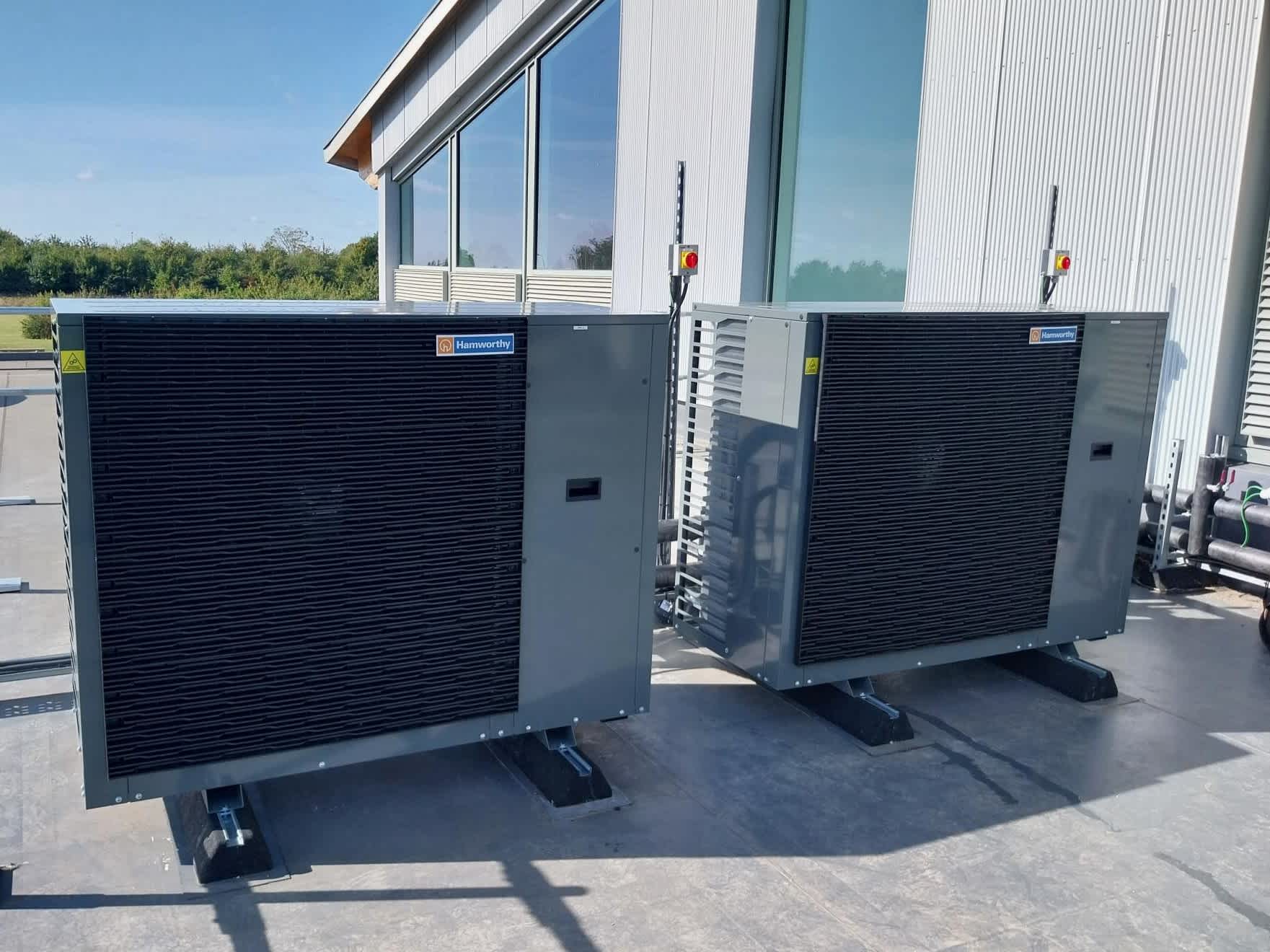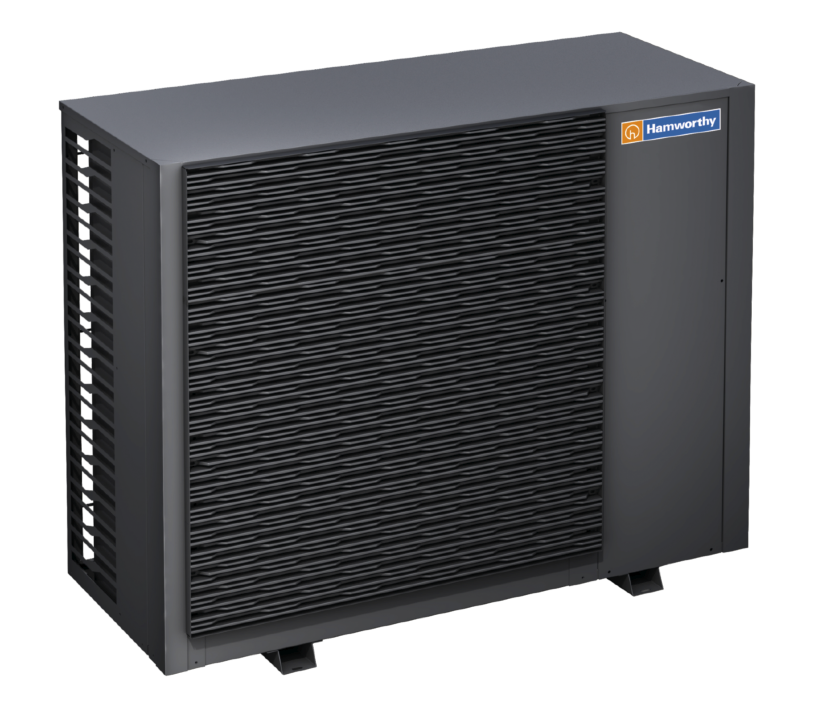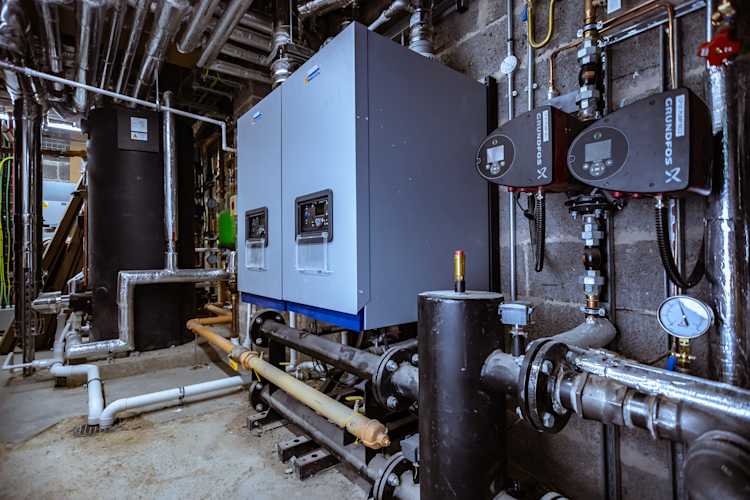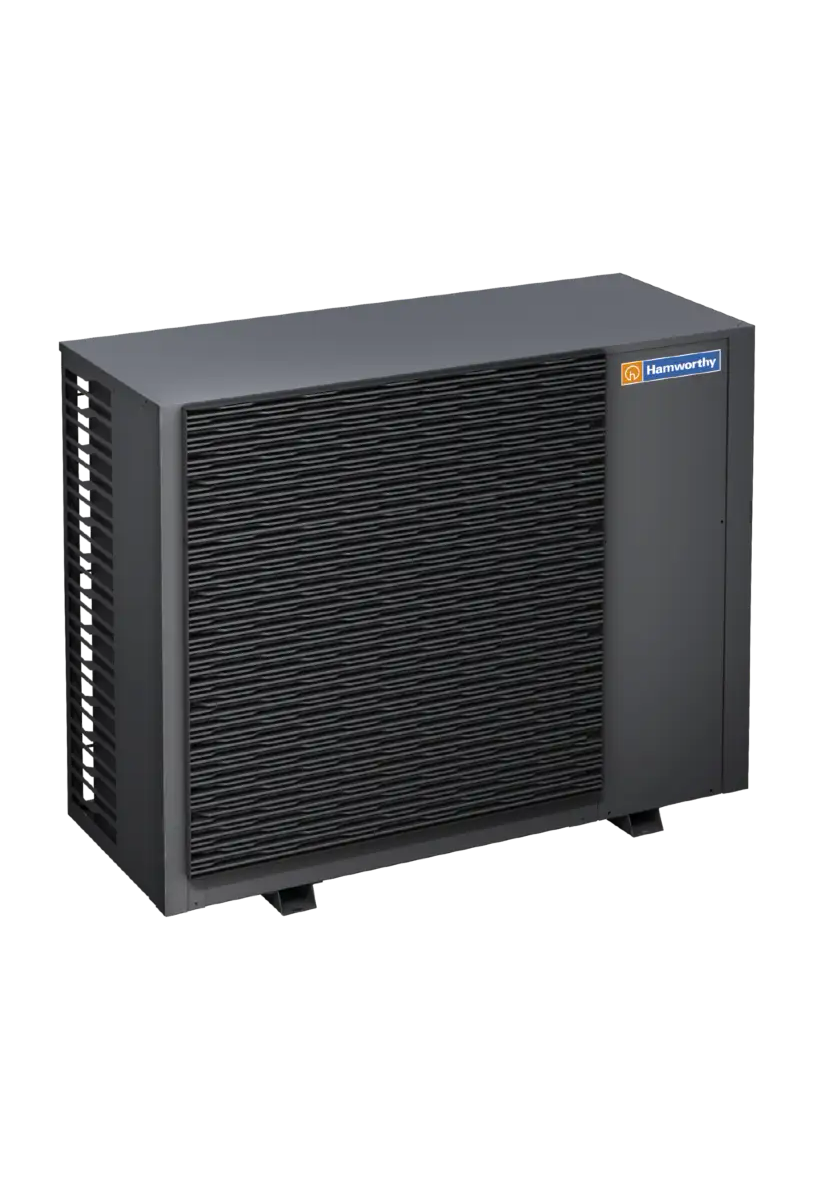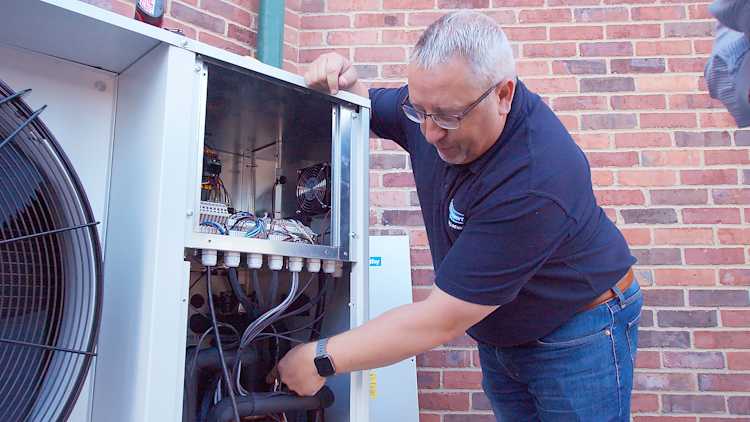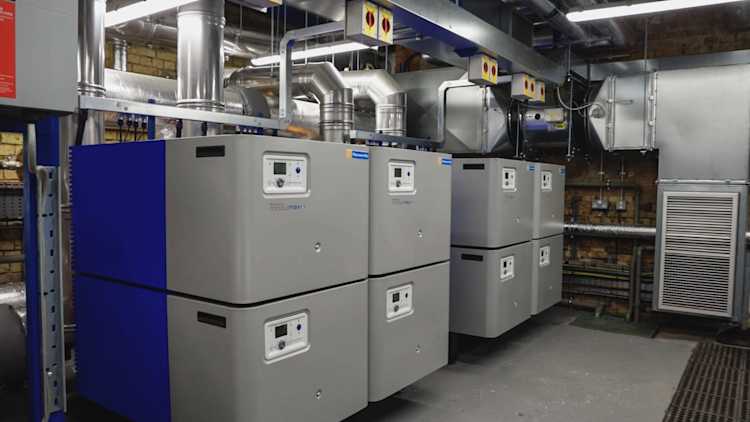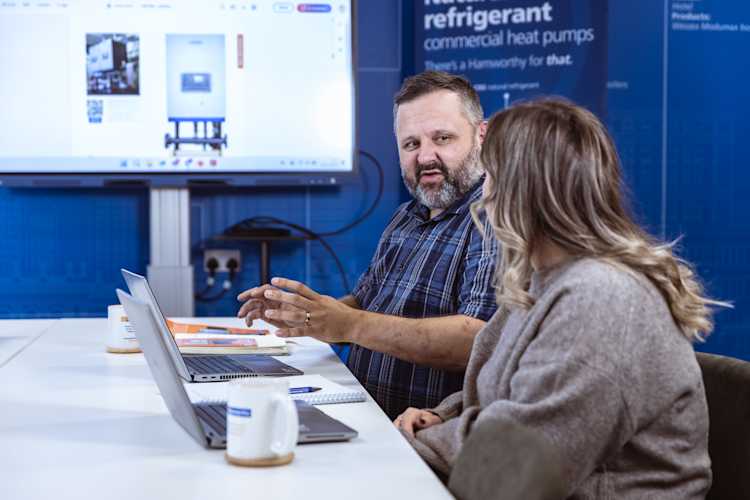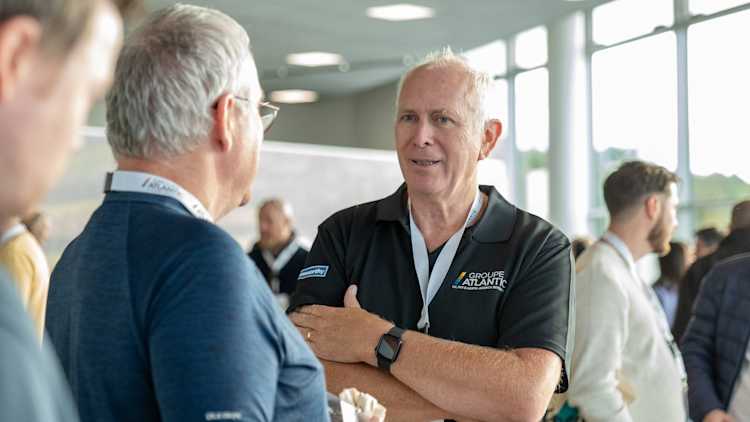Domestic Hot Water (DHW) and the journey to sustainable commercial hot water heating
As pressure mounts to reduce carbon emissions across the built environment, domestic hot water (DHW) systems in commercial settings such as hotels, hospitals, and educational institutions, are looking at ways that they can reduce the high energy consumption and associated carbon footprint that often comes from needing to meet periods of high hot water demand. In many cases, the DHW plants within these building consist of older, non-condensing units that are nearing end of life, which cannot be replaced on a like-for-like basis due to current legal minimum efficiency standards.
With the Government’s commitment to achieving net zero by 2050 and the tightening of building regulations, commercial properties will need to adapt how they generate and deliver hot water. For many buildings, this may not mean an immediate switch to electric overnight, but instead, a transition period where hybrid hot water systems play a central role in the journey to sustainable commercial hot water heating.

Why consider hybrid hot water solutions?
While low carbon heat sources such as electric systems and heat pumps are increasingly specified in new buildings, existing commercial properties often face a more complex challenge. Older infrastructure, budget constraints, or inconsistent hot water demand can make an all-electric solution difficult to install or operate cost-effectively.
By combining traditional technologies with low carbon options, such as heat pumps and direct electric product, hybrid DHW systems provide a practical and scalable route to decarbonisation, without compromising on performance. This is especially important for domestic hot water generation, where safety considerations include, minimising scale and corrosion, as well as system design and maintenance routines (such as minimising dead legs in pipework and regular pasteurisation) to reduce the risk of legionella.
There are also savings to be considered with a hybrid hot water system, especially when a complete overhaul is not possible. Because the low carbon heat source can be coupled with an existing system, hybrid hot water systems benefit from the already established infrastructure and fabrication of the building, reducing the need for alterations and site disruption. Hybrid systems can also use up to 60% less energy than a standard electric water heater, helping to significantly reduce running costs.
When to specify a hybrid solution for hot water heating?
There are many reasons why a fully electric hot water solution may not be suitable for a commercial building. In high-demand environments such as hospitals, gyms, or hotels, a hybrid system offers buildings the flexibility to use different heat sources depending on factors such as heat demand, environmental influence (e.g., outdoor temperatures in the case of heat pumps affecting efficiency) and fuel pricing and tariffs. Alternatively, limitations on the building’s infrastructure or not being able to source the funding needed for a high-cost investment may also rule out a heat pump-only solution.
In these scenarios, hybrid DHW systems come into their own. As defined by CIBSE AM17, a hybrid hot water system is the combination of two or more technologies used to generate heat. This way a system can be configured so that a low carbon source e.g., a heat pump will be the primary heat source, and during peak demand (which may happen at several points during the day such as in the mornings for hotels where guests use showers or baths) a secondary water heating technology can top up the system so that it can meet the draw-off volumes at the temperature required. By working in tandem, these systems provide the flexibility and resilience needed to maintain performance while moving towards lower carbon footprint.
Supporting decarbonisation in real-world applications
Hybrid DHW systems are particularly valuable in retrofit projects where buildings are not yet fully equipped to make the switch to 100% electric or renewable technologies. In these cases, they serve as a transitional solution, maintaining continuity of service while reducing environmental impact and allowing for future upgrades.
They can also be adapted over time - whether that means adding renewable technologies, replacing legacy gas components with newer, higher-efficiency models, or integrating with building management systems to enhance control.
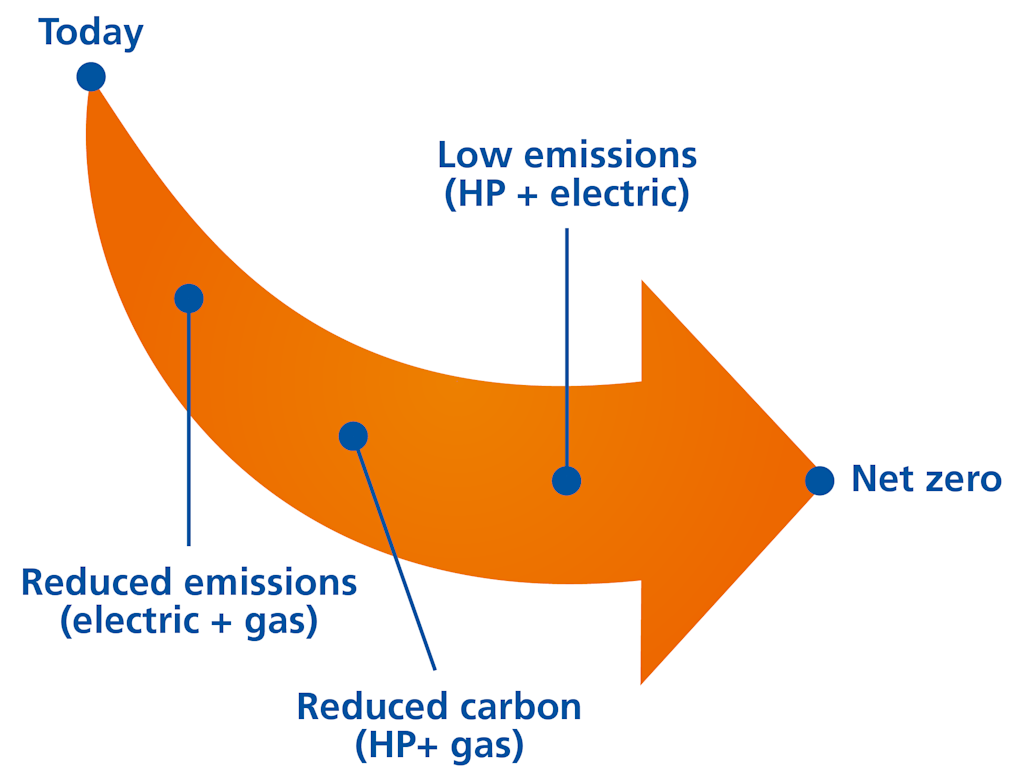
Preparing for the future with Hamworthy Heating
With over 100 years of experience in the commercial heating and hot water sector, Hamworthy Heating understands the unique challenges for both new builds and retrofit projects. Our specialist knowledge helps consultants and specifiers design systems that are future-ready, efficient, and tailored to the specific needs of each project.
The journey to sustainable commercial hot water heating doesn’t have to be an all-or-nothing approach. Hybrid systems offer a balanced, practical solution that bridges the gap between legacy infrastructure and future-ready technologies helping buildings make real progress toward their net zero goals, even when 100% renewable isn’t yet available.
To learn more about how hybrid DHW solutions can work for your next project speak with your local Hamworthy Heating Area Sales Manager for expert guidance.

